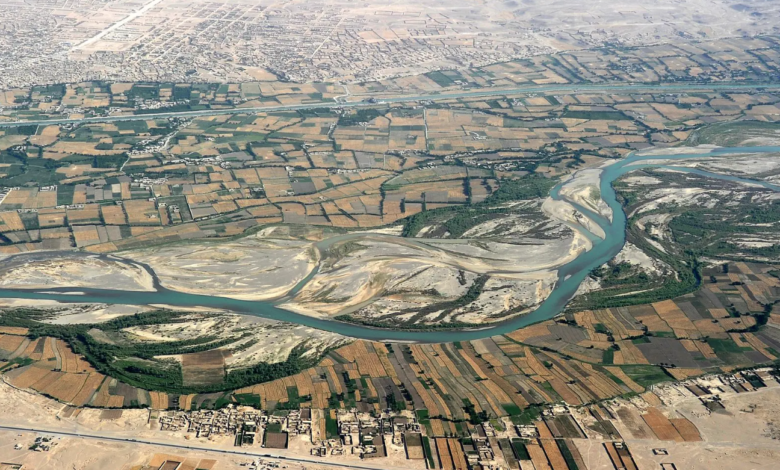Water Wars: Taliban attack Iran over Helmand River

Clashes with heavy weapons on the border between Iran and Afghanistan: at least two deaths on 27 May
(sustainabilityenvironment.com) – It begins with a long line of armored vehicles and heavy artillery (almost all American) moved to the border with Iran a new water war. The Taliban attack Iran because of an increasingly heated dispute over the waters of Helmand, the main river in Afghanistan whose basin partly flows also in the Iranian province of Sistan-Balochistan, struggling with a severe drought.
The Taliban attack Iran
Yesterday, Abdulhamid Khorasani, one of the Taliban leaders returned to power in Afghanistan after the disastrous retreat of the Western coalition in August 2021, officially declared war on Iran. The announcement comes after weeks of increasing tensions between the two countries for the use of the Helmand waters. And after some skirmishes at the border, which began on May 27, have already caused at least two deaths, even though Iranian and Afghan sources are divided.
It is difficult, at the moment, to say whether these clashes will become something more or whether they will leave room for some form of negotiation. In any case, they say something very clear: the climate crisis reduces resources for everyone and where there are already precarious situations the deepening of the crisis can trigger conflicts.
Disputed water
The engine of the conflict is a river, the Helmand. It rises from the mountains around Kabul, part of the Hindu Kush chain, and runs diagonally across Afghanistan, receiving many tributaries along its more than 1100 km length. It does not flow into a sea but into the endorheic basin of the Sistan, which lies beyond the border in the homonymous province of Iran. Here, along with other rivers, it gives rise to some lakes (such as Lake Hamun), marshes and swamps.
Helmand is a key source of water for both sides of the border. Both in Afghanistan, where its perennial regime, fed by the melting of the snows of the Hindu Kush, allows irrigation of the fields, and in Sistan-Balochistan, one of the driest regions of the Earth and subject to severe droughts in a cyclical way.
Because of its importance, Helmand is at the heart of an agreement between Tehran and Kabul on water management. Signed in 1973, it commits Afghanistan to guarantee Iran 850 million cubic meters of water every year (22 m3 per second). A volume that is also detailed by monthly quotas and that takes into account the seasonality of the Helmand regime as well as possible lean years with flexibility clauses.
An agreement that, according to the Tehran regime, the Taliban are not respecting. This has complicated the prospects for Sistan-Balochistan, one of the areas most affected by the drought that passes through the country. According to the Iranian Meteorological Service, 97% of the country is facing some form of drought. The Taliban would be building new dams on the river and diverting water for irrigation. Accusation that is sent back: the current situation is due only to “climatic factors”, say representatives of the Taliban.





